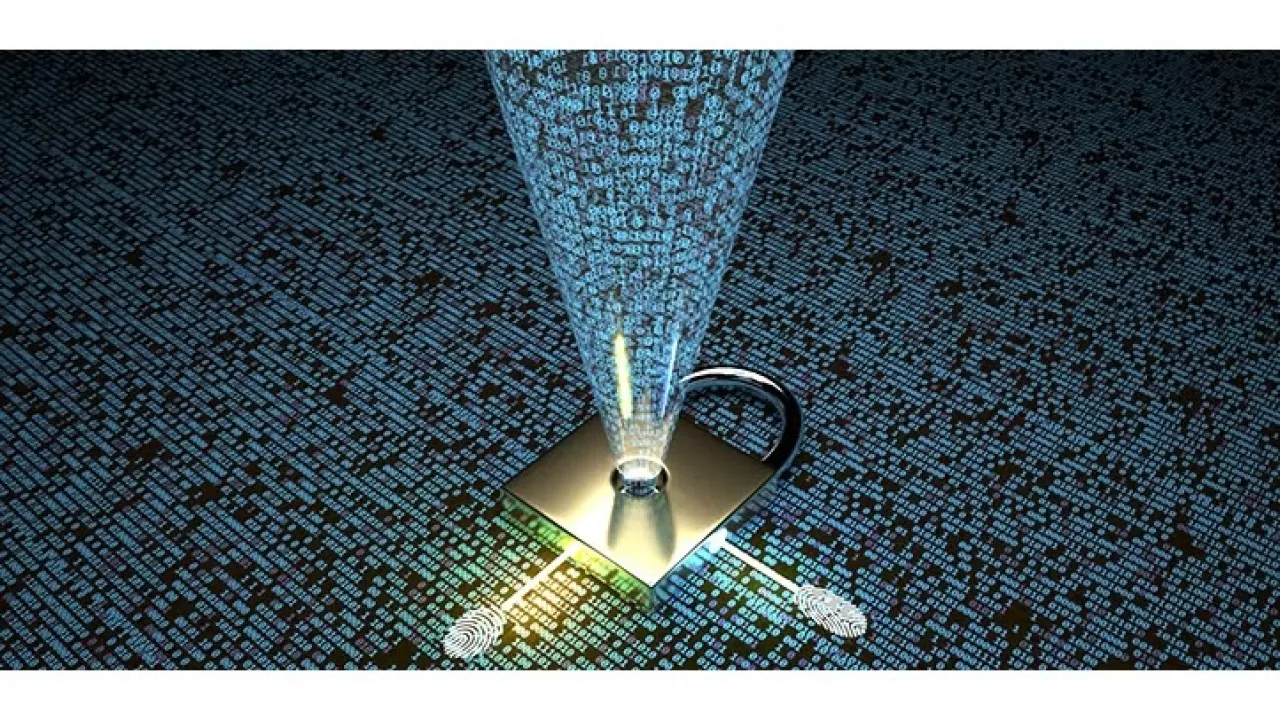
Patterned optical chips keep secrets perfectly safe
Chaos could help put cyberhackers out of business with a patterned silicon chip that will be uncrackable even in the future.
About
Confidential data—including credit card transactions and sensitive material in governmental institutions and military agencies—can be better protected during information exchanges through public channels.
A team, led by Andrea Fratalocchi and Ph.D. student Valerio Mazzone with collaborating researchers in Scotland and a U.S. company, devised irreversibly modifiable silicon chips that emit chaotic light waves. The chips can make data encryption impossible to crack.
Typical security protocols combine short public and private keys to encode messages. These protocols are fast but easy to crack because, while private keys are only known by senders and/or recipients, public keys are accessible to everyone. Quantum mechanics-based schemes offer a more secure and reliable alternative to these protocols, but require more expensive and slower installations that are not scalable.
“With the advent of faster and quantum computers all classical schemes will be quickly broken, exposing the privacy of our present and, more importantly, past communications,” explains Ph.D. student Valerio Mazzone. An attacker can just store an encrypted message sent today and wait for the right technology to become available to decipher the communication.
The one-time pad has proven absolutely unbreakable. Its secrecy rests on a random, single-use private key that must be shared ahead of time between users. However, this key, which needs to be at least as long as the original message, remains difficult to produce randomly and to send securely.
Fratalocchi’s team has developed an approach to implement this encryption technique in existing classical optical networks using patterned silicon chips. The researchers patterned the chips with fingerprints to obtain fully chaotic scatterers that cause mixed light waves to travel in a random fashion through these networks. Any modification, even infinitesimal, of the chips generates a scattering structure that is completely uncorrelated to and different from any previous one. Therefore, each user can permanently change these structures after each communication, preventing an attacker from replicating the chips and accessing the exchanged information.
Read the full article

